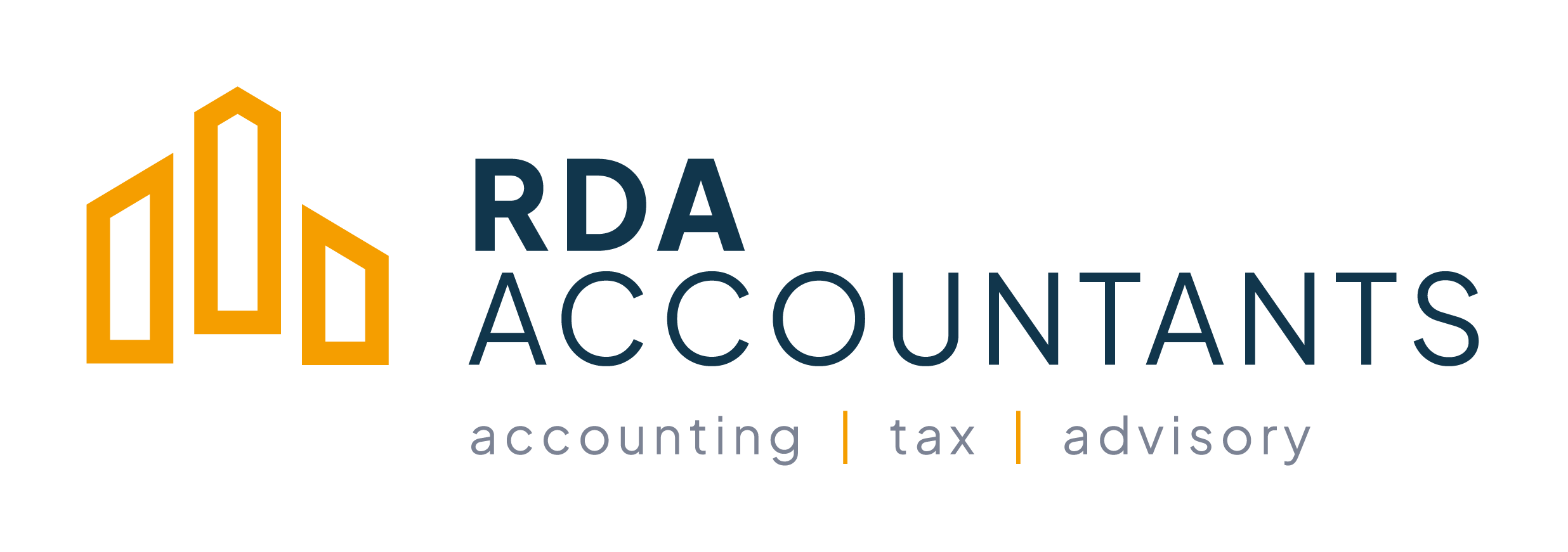Selling your business is the culmination of years of dedication, hard work, and often, personal...
Unlock Significant Tax Savings with Entrepreneurial Relief
Selling your business is the culmination of years of dedication, hard work, and often, personal sacrifice. But did you know that without proper planning, you could be giving away nearly a quarter of your gains in tax? Entrepreneurial Relief can reduce your Capital Gains Tax rate from 33% to just 10% on the first €1 million of gains—potentially saving you up to €230,000 on a €1 million sale.
What Is Entrepreneurial Relief?
-1.png?width=399&height=350&name=Entrepreneurial%20Relief%20(5)-1.png) Entrepreneurial Relief is a tax relief designed to reward business owners when they exit their enterprises. Instead of paying the standard 33% Capital Gains Tax on the sale of qualifying business assets, eligible individuals pay just 10% on gains up to €1 million.
Entrepreneurial Relief is a tax relief designed to reward business owners when they exit their enterprises. Instead of paying the standard 33% Capital Gains Tax on the sale of qualifying business assets, eligible individuals pay just 10% on gains up to €1 million.
Example:
Sale price of business: €1 million
Gain: €1 million
• Standard CGT (33%): €330,000
• Entrepreneurial Relief CGT (10%): €100,000
Potential saving: €230,000
Who Qualifies?
Despite its generosity, many entrepreneurs overlook this relief—often due to simple oversights or misunderstandings. To claim Entrepreneurial Relief, you must satisfy four key conditions:
1. Qualifying Asset- Generally, the disposal of shares in a trading company or the business assets themselves (e.g., goodwill in a professional practice).
- You must own at least 5% of the company’s ordinary share capital and voting rights.
- Tip: If shares have been gifted or allocated unevenly among family members, it may be worth restructuring now to meet this threshold.
- You must have been a company director (or equivalent) and worked in a managerial or technical capacity for at least 50% of your working time over the three years preceding the sale.
- The company (and any 51% subsidiaries) must be carrying on a qualifying trade.
- Watch out: Non trading companies, property rental companies, or dormant entities within a group can disqualify the entire group.
Why Planning Matters
Entrepreneurial Relief can be complicated by seemingly minor details:
- Dormant Companies: Many businesses maintain “placeholder” companies that are not actively trading. Even one dormant subsidiary can invalidate the relief for the entire group.
- Non-trading Activities: If your business holds investment portfolios or rental properties that eclipse your trading operations, you risk losing eligibility.
- Family Shareholdings: A small share allocation (e.g., <5%) to a spouse or child can mean they miss out on relief when the business is sold—potentially leaving valuable tax savings on the table.
A little foresight can go a long way. Regularly reviewing your corporate structure—ideally at start-up, growth, and harvest phases—ensures you remain on track. Changes in legislation, family circumstances, or business strategy may require adjustments to your plan.
Four Steps to Secure Your Relief
1. Review Shareholdings: Ensure key stakeholders each hold at least 5% of shares.
2. Validate Trading Status: Confirm your company and its subsidiaries engage in qualifying trade activities only.
3. Document Active Roles: Keep clear records of directorships and management/technical roles over rolling three-year periods.
4. Plan Ahead: Address any dormant, investment, or property-holding entities well before a planned sale or liquidation.
Ready to Maximise Your Exit Proceeds?
Entrepreneurial Relief can unlock significant savings, but it demands early and ongoing planning. Don’t risk losing hundreds of thousands in potential tax relief through innocent oversights.
Contact George Skelton, Tax Partner at RDA Accountants, to discuss your situation in detail and craft a tailored exit strategy:
-
Email: gskelton@rda.ie
-
Phone: +353 539170507
-
Website: rda.ie
Secure your entrepreneurial legacy—reach out today and ensure you keep more of the rewards you’ve worked so hard to achieve.

.png?height=200&name=Entrepreneurial%20Relief%20(5).png)

-1.png?height=200&name=Wexford%20(5)-1.png)